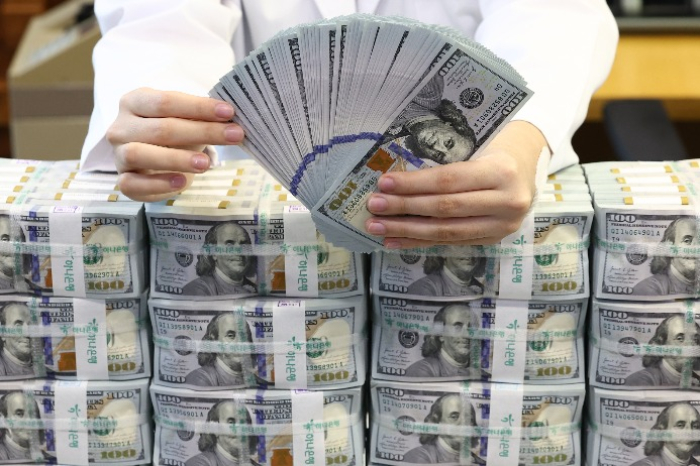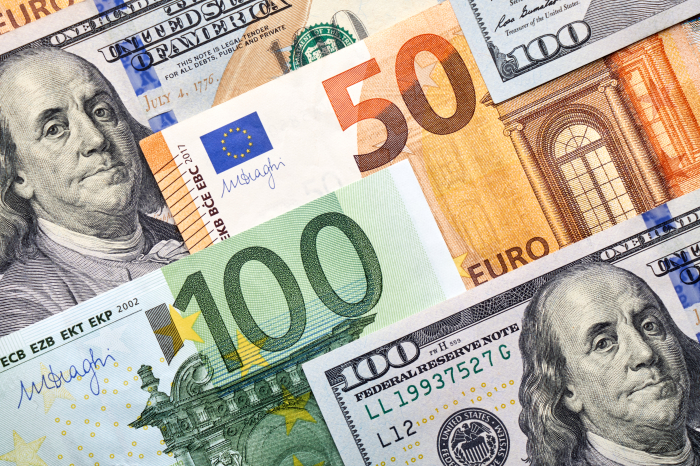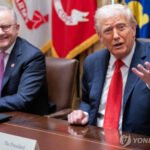
South Korea’s foreign exchange authorities delivered their first verbal intervention in one and a half years on Monday, responding to a sharp decline in the won, as escalating trade tensions between the US and China fueled investor risk aversion.
After the won softened past 1,430 against the dollar, officials from the Ministry of Finance and the Bank of Korea issued warnings: “We are monitoring one-sided market movements.”
The verbal intervention came after the Korean currency briefly touched 1,432 per dollar, its weakest level in more than five months.
Intervention dollar selling by foreign authorities briefly pulled the dollar/won rate to 1,423.6 before domestic market close.
The won pared earlier losses to close domestic trade at 1,425.80 per dollar, its weasest finish since April 29, 2025, when it hit 1,437.3.
The warning marked the first verbal intervention by Korean foreign exchange authorities since mid-April last year, when the won approached 1,400 per dollar.
On Oct. 10, the first domestic trading day following Korea’s weeklong Chuseok holiday, the Korean currency dropped sharply to hit 1,421 to the dollar.
Foreign investors’ net selling of domestic stocks led the decline in the won.
Investors were unsettled after US President Donald Trump threatened to impose an additional 100% tariff on imports from China from November in response to China’s move this week to tighten its rules for exports of rare earths.

The Korean won has been the worst performer among major currencies this year, shedding 1.71% against the dollar since the start of August as of Monday’s domestic close, according to the Bank of Korea.
That contrasted with gains of around 1% in the euro and the pound over the same period, while the Japense yen declined by less than 1%.
During the period, the Korean won has depreciated to 1,425.8 from 1,401.4 against the dollar.
If the downward trend continues through the end of this year, it could close 2025 at its weakest annual level on record.
With the economic growth hovering near zero and welfare spending surging amid low birthrates and a rapidly aging population, a steady rise in overseas investments by Korean households would put downward pressure on the won, analysts said.
In the near term, analysts point out developments in the US-China trade conflict and the outcome of ongoing tariff negotiations between Seoul and Washington as key drivers for the Korean won.
By Jin-gyu Kang
josep@hankyung.com
Yeonhee Kim edited this article.















